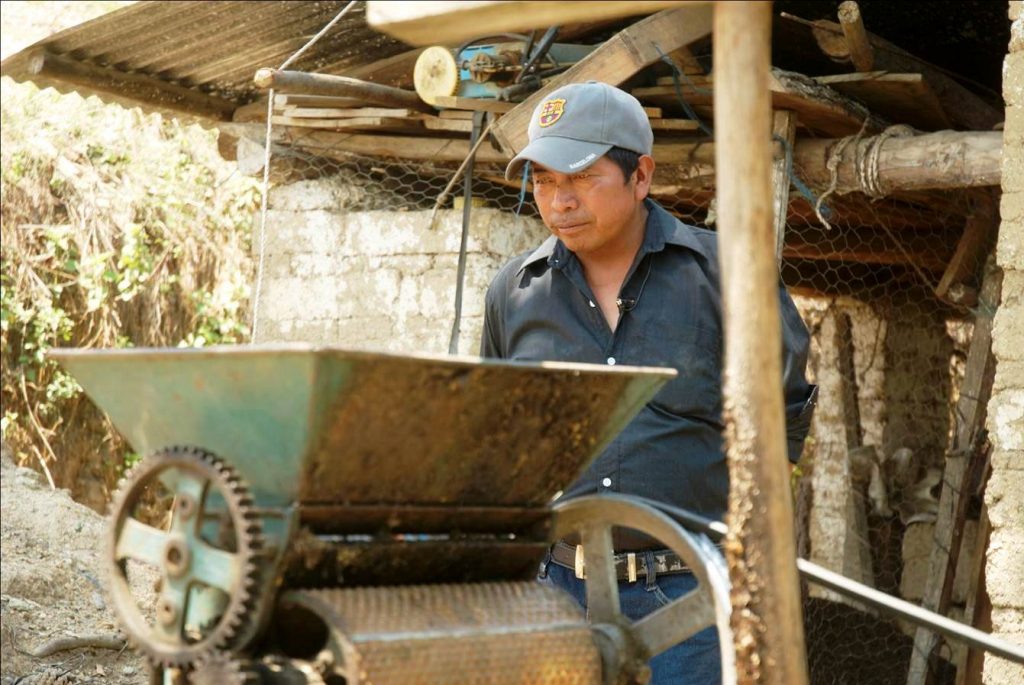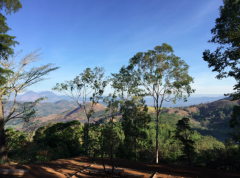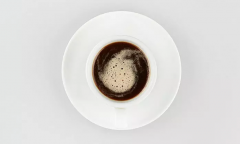Raw bean file coffee raw bean analysis Guatemala Vivette Nan fruit Palhu SHB EP
Guatemala Vivitenango Palhu SHB EP
San Pedro Necta is a city in Guatemala's Huehuetenango region, sometimes referred to as Huehue, abbreviated HHT, which is arguably one of Guatemala's most famous coffee-producing regions. This area is higher in altitude, because of the lower temperatures, the harvest season is relatively late, but the coffee quality is better. Bordering Mexico's Chiapas region, the region is more remote and inconvenient than other coffee-producing regions in Guatemala, such as Acatenango and Antigua.
This coffee comes from La Providencia Farm, owned and managed by Maximiliano Palacios, the farm's third generation owner. At the heart of La Providencia farm is a processing plant, set up on a high slope, where coffee cherries are placed in water, transported down by gravity, peeled and further processed. When I got the beans, they were labeled Palhu, short for farmer's name, and Pal+Hu, short for Vivitenango.
Maxameliano was a passionate man who was interested not only in his coffee but in all the beans in the area, calling it the "blood of Vivitenango." We also felt his passion. The balanced acidity and soft sweetness of this coffee make our eyes shine.

Green Analysis by Chris Kornman
green bean analysis
This is a typical blend of American coffee varieties, including Bourbon, Catuaí, Catuaí, Mundo Novo. Bourbon is the origin of many coffee varieties, first discovered in Reunion. When it was brought to America, its characteristics changed. The hybrid variety Kadura was first successfully planted in Brazil. Its tree body is shorter and its wind and rain resistance is stronger. Another variety, New World, is a hybrid of Bourbon and Typica. Finally, Kaduai, a hybrid of New World and Kadura, has short, chunky trees and high yields when fertilized properly.
Although leaf rust once ravaged the entire Central American coffee region, none of these varieties contained any genes from Robusta coffee varieties, and the more common Robusta genes are mainly from Timor varieties. But because of this, the coffee tastes better here, and we're seeing the region recover from its past.
This batch of coffee was processed according to European standards. Palhu Through a precise drying process, the beans have a higher density. I believe that proper preservation will allow the beans to show better flavor after baking.
Roast Analysis by Jen Apodaca
baking analysis
Baking this bean from Guatemala is fun. We roasted two batches and both were very good, showing the quality of this coffee. By adjusting the heat, the baking time of the first batch was shortened by one minute compared with the second batch, and the dehydration time was slightly longer than the second batch. Thus, the Mena reaction and the explosion time are relatively short, making the fruit acid prominent. In the second batch, I increased the overall baking time, but shortened the dehydration time period, and turned on the heat 32 seconds earlier, resulting in longer Mena reaction and burst time.
Roast one first batch: apples, pears, papayas, peaches, caramel
Roast two Batch 2: Maple syrup, floral, honey, vanilla
Brew Analysis by Chris Kornman
brewing
We use Bonavita Brewers to brew this Guatemala. Brewing and cupping are performed simultaneously. The respondents generally agreed that they preferred the first batch of baked goods PR-644. The first batch scored slightly higher, with sweet citrus notes and light floral aromas, while the second batch highlighted the sweetness and body of the fudge.
Important Notice :
前街咖啡 FrontStreet Coffee has moved to new addredd:
FrontStreet Coffee Address: 315,Donghua East Road,GuangZhou
Tel:020 38364473
- Prev

Introduction to the History of Victory Manor El Triunfo in Guatemala Thor Chocolate in Coffee Industry
Professional barista exchanges please follow the coffee workshop (Wechat official account cafe_style) El Triunfo Victory Manor introduction El Triunfo Victory Manor is located in the Farhannis-Santa Rosa producing area of Guatemala, at an altitude of 1249 ~ 1371 meters, specializing in producing SHB very hard beans manor coffee, about 1200 packets of 46kg coffee raw beans are produced every year, with a business history of more than 120.
- Next

Home-baked coffee fresh coffee comes from the boutique of Vivette Nan fruit in Guatemala Guatemala
Huehuetenango Guatemala Republic of Guatemala (Spanish: Repblica de Guatemala), translated by Taiwan as Guatemala, is a country of Central America located in the south of the North American continent. It borders the Pacific Ocean to the west, the Caribbean Sea to the east, Mexico to the north, Belize to the northeast, and Honduras and El Salvador to the southeast. Bit
Related
- Detailed explanation of Jadeite planting Land in Panamanian Jadeite Manor introduction to the grading system of Jadeite competitive bidding, Red bid, Green bid and Rose Summer
- Story of Coffee planting in Brenka region of Costa Rica Stonehenge Manor anaerobic heavy honey treatment of flavor mouth
- What's on the barrel of Blue Mountain Coffee beans?
- Can American coffee also pull flowers? How to use hot American style to pull out a good-looking pattern?
- Can you make a cold extract with coffee beans? What is the right proportion for cold-extracted coffee formula?
- Indonesian PWN Gold Mandrine Coffee Origin Features Flavor How to Chong? Mandolin coffee is American.
- A brief introduction to the flavor characteristics of Brazilian yellow bourbon coffee beans
- What is the effect of different water quality on the flavor of cold-extracted coffee? What kind of water is best for brewing coffee?
- Why do you think of Rose Summer whenever you mention Panamanian coffee?
- Introduction to the characteristics of authentic blue mountain coffee bean producing areas? What is the CIB Coffee Authority in Jamaica?

